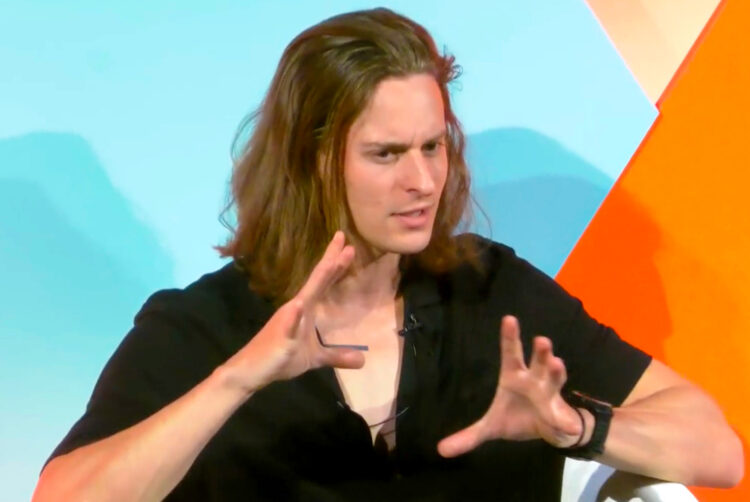Why Heinz is chasing ‘thinner margins’ with data-driven optimisation


Major advertisers are having to chase “thinner and thinner margins” as content production becomes “solved” due to rapid advances in AI tech and insights, a leading data analyst for Heinz has claimed.
At Advertising Week Europe, Matt Cosad, head of data and analytics at Heinz, revealed how the food brands giant is using AI and data-driven optimisation to maximise the effectiveness of its ads.
When asked about the impact of generative AI on the production of creative assets, he said: “AI is going to help us produce a much higher volume of content. Every brand is going to be able to present on every channel and the cost of production is no longer going to be a barrier to entry.”
While this means advertisers will be competing with a greater number of brands for limited consumer attention, Cosad believes the differentiator will be the quality of the production and particularly how this quality is managed at scale.
“It’s impossible to have good creative function in the longer term without have good analytic function,” he said, “And the challenge we’re facing is the sheer scale at which we’re having to produce.”
According to Cosad, Heinz produces approximately 20,000 pieces of content annually which makes it unfeasible to individually assess the effectiveness of each piece of content. Instead, the company collaborated with VidMob — a creative effectiveness platform — for data-driven optimisation of its ads. The AI-powered quality-control solution scores brand assets on their effectiveness, driving business outcomes and maximising the value of ad spend, according to VidMob.
Cosad said that this process helped Heinz to make decisions, for example, about whether featuring a hand pouring sauce in a creative asset has a greater effectiveness than the sauce pouring with the hand out-of-shot.
As a case study, Cosad spoke about Heinz’s partnership with VidMob to assess 70 of its creative assets in the Brazil market. “We wanted to generate at scale a set of learnings to deploy in future campaigns going forward.”
According to Cosad, these insights helped guide the tactical execution of production by optimising aspects of the ad such as when the brand should appear in the ad, where should watermarks be placed and what colour tones should be used. These are aspects which “you need to pay attention to on production day” but might be neglected in high-level creative idea generation. Cosad said that by applying these learnings at scale in a recent campaign, Heinz achieved 47% cheaper CPMs on a recent campaign.
For its ad campaign during the 2022 Fifa World Cup, Heinz used VidMob to set up analytics and tested assets before the campaign ran. The AI-powered technology delivered insights into how best to present its products which drove an increase of 5% view-through-rate over the course of the event.
Cosad commented: “We wouldn’t have been able to analyse the effectiveness of each asset manually — it’s just not doable. The technology has been great for driving up incremental improvements in engagement with our content.
“These are the thinner and thinner margins which you have to chase as content production becomes more of a solved component for marketers.“
Cosad believes that generative AI is not going to go away and its impact on marketing will be significant. Despite this he said that, presently at least, the quality of AI-generated images is still lacking and it will “never be the case” that Heinz will outsource all of its creative ideas to computers. Heinz will, however, outsource much of the practical and day-to-day execution of creative work to generative AI tools, Cosad said.
“There is a going to be a shift from working with an external creative agency and an internal production team, to using our own internal creative team which and internal AI-powered production which is going to result in saving more on creatives.”
